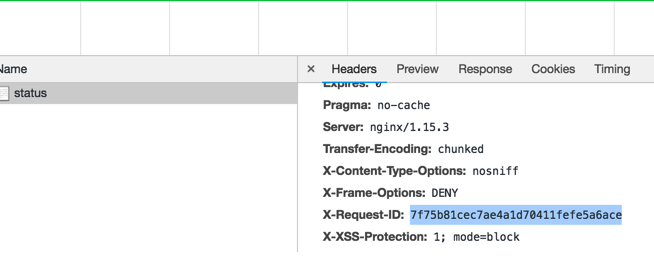The book "Agile IT Organization Design - For digital transformation and continuous delivery" by Sriram Narayan explains software development as a design process. Following statement from the book means a lot.
Software development is a design process, and the production environment is the factory where product takes place. IT OPS work to keep the factory running..
It questions the way we traditionally think of operation support, maintenance, production bugs, rework, their costs and budgets and the focus in software development life.
Thinking software development as a design process helps the organisations, focus on today's need of agile development. Here are some thought points, when anything before production deployment is considered as software product design, and the "software product" is getting produced from the production environment (factory):
- Dev + OPS - A product design which doesn't fit in the process of factory can not be produced by the factory, in other words A factory which do have sufficient resources needed to produce given design can't produce the product. The product designer, and factory operators needs to be in the close collaborated team, to improvise the design, and do production.
- Continuous Delivery - There is no point of thinking about factory after the product design is done, we may not be able to build the factory optimally. Think of the production factory while design the product. Have continuous feedback in place by continuous integration and delivery.
- Value driven and outcome oriented teams - A factory can produce the product on a shop floor/production line with checks, balances and integration at each step. It implies to the software development as well, value driven projects, and outcome oriented teams are more helpful in making product successful over the plan driven projects and activity orientated teams. The book covers it very well.
- Sorter cycle time - Software product design has no value until it is produced, and reached to the people. Sooner we produce, better we get the value - so cycle time for product design must be as small as possible. Luckily in software development we have tools to simulate factory environment/test labs, and try to produce the models well before the actual production.
- Measure the product quality more than the design quality - It is important to measure product quality than that of the product design (software before prod environment). So metrics which can really measure product quality (software running in production environment) such as velocity in term of "Value". Measuring burn-up/burn-down, bugs counts, defect density, code review quality are all product design metrics, it may not matter how good these numbers are if software is not producing value on the production environment.
